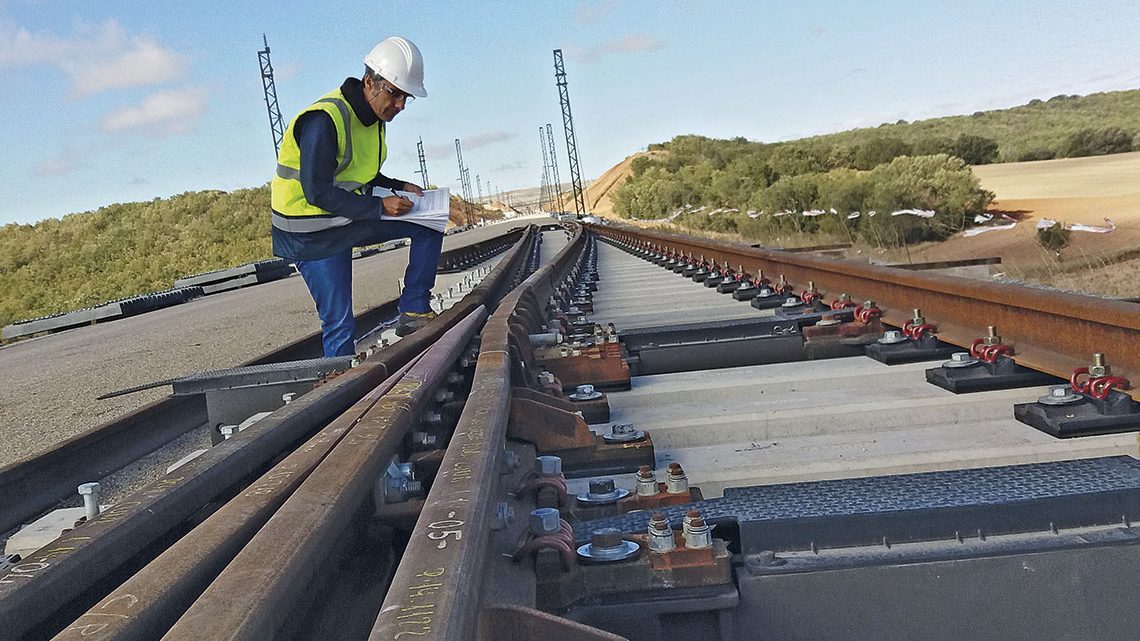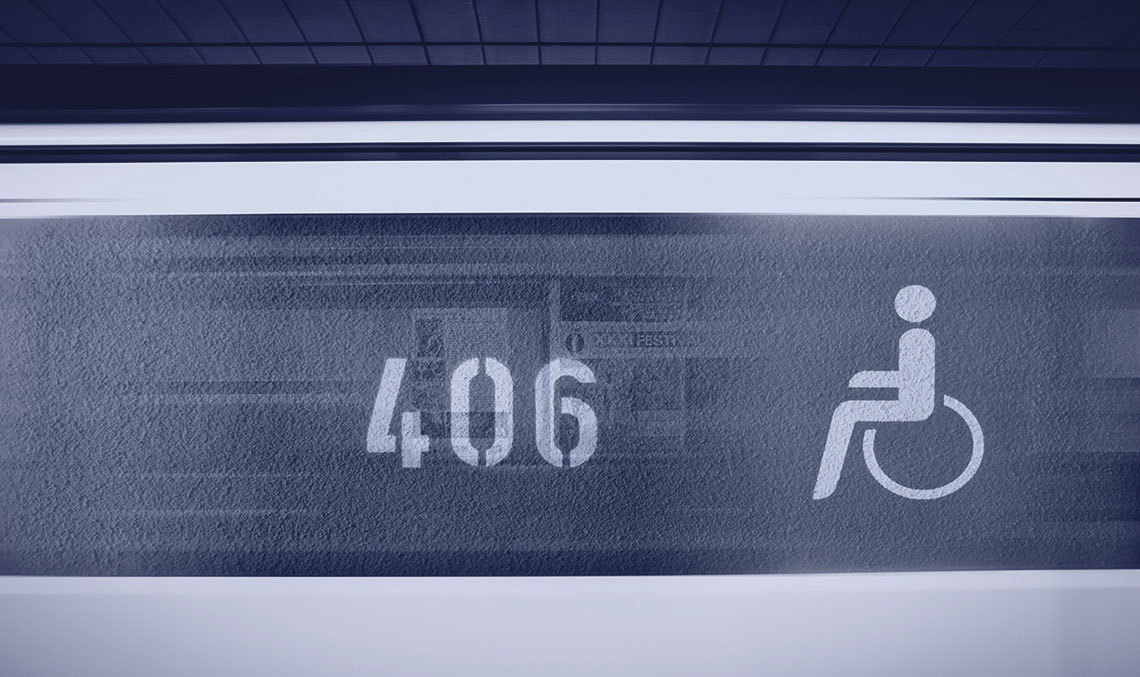The purpose of the control of track material supply is two-fold: on the one hand, to ensure that the quality of the material provided meets the initial specifications, and, on the other hand, to make sure that, through control and management of materials, work deadlines are met. Interestingly, in high-speed track assembly works, the actual laying of the track accounts for approximately 20% of the budget, while materials account for 80% (20% ballast, 20% sleepers, 20% rail and 20% track S&C devices). Technical assistance work therefore focuses on two aspects: supply management and quality control, for which factory or quarry production requires supervision and verification, with regular testing upon receipt in accordance with the regulations in force.
The creation of Spain’s high-speed network began more than 30 years ago, and today it boasts more than 3,100 kilometres in service and numerous stretches under construction. Between 1988 and 1990, Ineco began to draft preliminary studies for the Madrid-Barcelona line and the first construction projects started to appear in 1994 and 1995. The Spanish railway infrastructure manager at that time, GIF, commissioned Tifsa –a company linked to Ineco since 1999 and with which it merged in 2010– to undertake the technological definition of the superstructure elements, a contract that, for Moisés Gilaberte, Ineco’s Rail Business director, “was a significant milestone because of its size and importance. Since then, the company has provided support to the government in monitoring the production, planning and logistical deployment of supplies to works and quality control of all materials installed on high-speed lines, making us a European benchmark in track technology”.
From the execution of track assembly work on the 481-kilometre section between Madrid, Zaragoza and Lleida, which opened in 2003, until today, Adif Alta Velocidad, with Ineco’s support, has accumulated extensive experience in the organisation and control of the supply of track materials used on high-speed lines. Spanish industry has successfully adapted to high quality requirements and extremely demanding production and supply deadlines to the extent that it is currently capable of meeting the construction needs of the entire Spanish high-speed network and, in many cases, exports its output, as was the case with some of the material used on the Makkah-Madinah high-speed line in Saudi Arabia. In Spain, some of the latest track material quality control work has been carried out on high-speed sections such as Venta de Baños-Burgos, León-Variante de Pajares-Pola de Lena, Zamora-Pedralba-Ourense, Plasencia-Badajoz, Monforte del Cid-Murcia, Antequera-Granada and Atocha-Torrejón de Velasco.
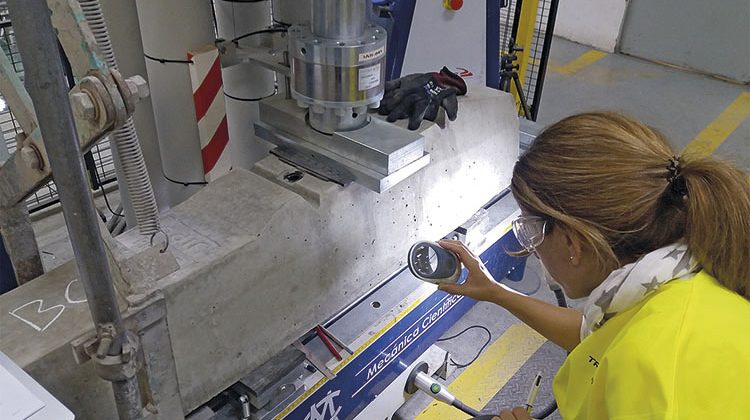
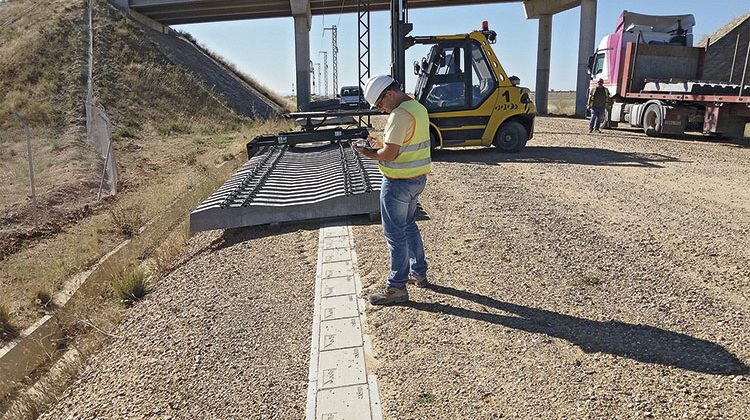
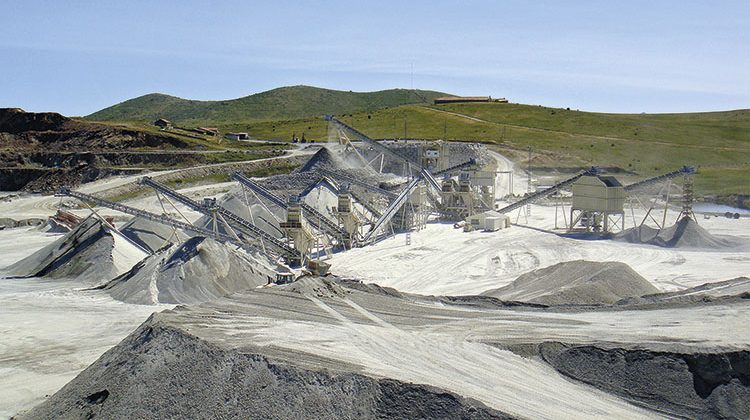
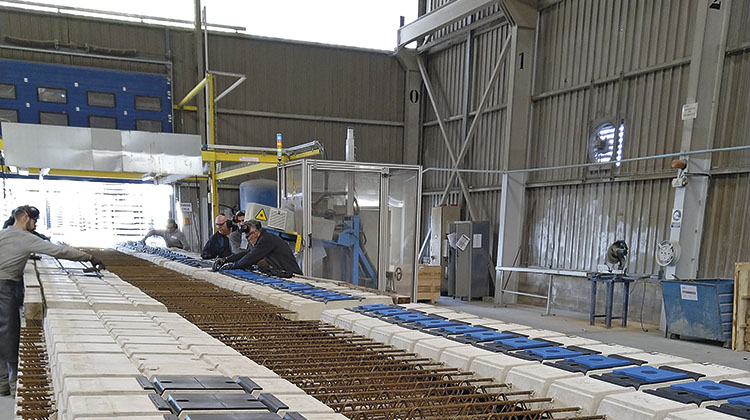
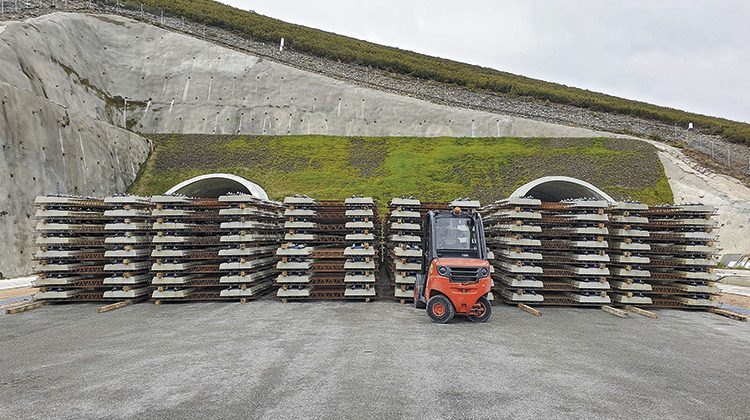
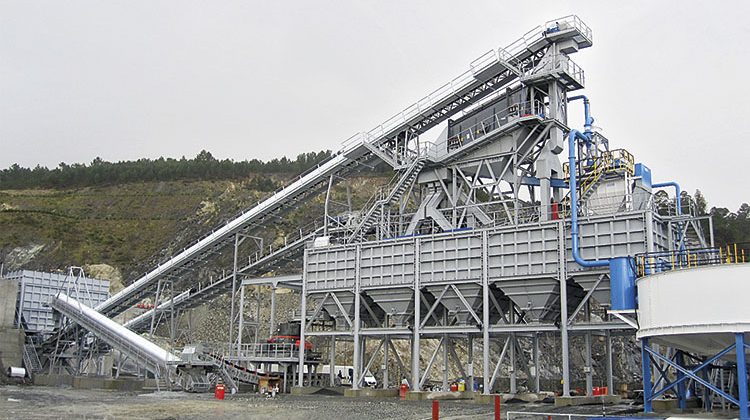
From visual inspection, measurement and weighing, to laboratory comparative testing, control of assembly operations and commissioning, the functions of Ineco’s technical assistance include verifying compliance of materials with supply specifications and regulations, monitoring for defects in manufacture, and subsequent transportation, storage and use in works. For this, batches are identified by date of manufacture and company to ensure clear traceability, and samples are taken to validate each batch based on measurements and comparative testing, thus ensuring the quality of the material to be incorporated into the works.
A dossier is opened for each material where information (measurements, comparative testing results, etc.) is recorded and this is submitted to Adif as necessary documentation to commission a line. In the case of track devices, all assembly operations are also controlled, generating a acceptance protocol for each device, documentation that is also essential to commission a line. Ineco’s experts also provide advice on track materials during the design, assembly and operating phases.
Track consists of ballast, sleepers, rail and track devices. All of these elements make up what is referred to as the high-speed track superstructure, and are located on top of the subgrade.
Over the last 15 years of collaboration between INECO’S and Adif’s technicians, more than 1,100 track devices and approximately 700 expansion devices have been checked
Ballast stone and its meticulous inspection
Ballast is used from the beginning of construction of the railway as a support for the tracks, dampening and distributing the loads transmitted by train traffic, ensuring the stability of the track, enabling the rainwater drainage and facilitating levelling and alignment operations. Ballast is extracted from silica-based rock, preferably of igneous or metamorphic origin. Its granulometry is falls almost entirely into the coarse gravel classification, with most of its broken stone elements measuring between 31.5 and 50 mm.
The required characteristics of ballast are mainly related to shape and hardness in order to obtain good permeability, but with a high degree of compactness and numerous sharp edges on the particles that make it up. The goal is for it to behave like an elastic, but extremely stable, bed. For this, the aim is to achieve the greatest number of contacts between stones, which, together with the high degree of hardness required for the material, means that during installation and operation, breakage and wearing of the material are minimised, and consequently, the geometry of the track superstructure is maintained for as long as possible, thus reducing maintenance operations.
Spain has 45 approved quarries for the manufacture of type-1 ballast, which is the type used most commonly across the railway network. Control of this material begins in the quarry itself and includes a weekly sampling plan depending on production. As a general rule, a complete ballast test will be carried out every 6,000 t of new material. Ineco, in collaboration with a laboratory accredited by ENAC for carrying out ballast tests, analyses the results of a complete test including analysis of grain size, fine particle content, fine content, shape coefficient, minimum thickness of granular elements, particle length, Los Angeles abrasion test and ballast homogeneity. Lastly, ballast tests are carried out during supply to the works to ensure quality and the ballast that is actually supplied is monitored using weighing scales installed for that purpose.
Sleeper dimensions and placement
A sleeper is defined as a transversal component of the track that controls track width and transmits loads from the rail to the ballast. For the construction of high-speed tracks, prestressed concrete monoblock sleepers are used, with pre or post-stressed reinforcement used to precompress the concrete. The type most widely used in high speed, AI-VE, is 2,600 mm long and the minimum mass without anchors is 300 kg.
Quality control work includes acceptance in the factories where the sleepers are produced. In summary, acceptance consists of checking external appearance and traceability, geometric verifications affecting track width, geometric verifications of critical dimensions and principal dimensions and mechanical tests, as well as verification of external laboratory tests required by the technical specification. Once on site, it is important to schedule the supply according to the work plan to avoid unnecessary delays and surpluses.
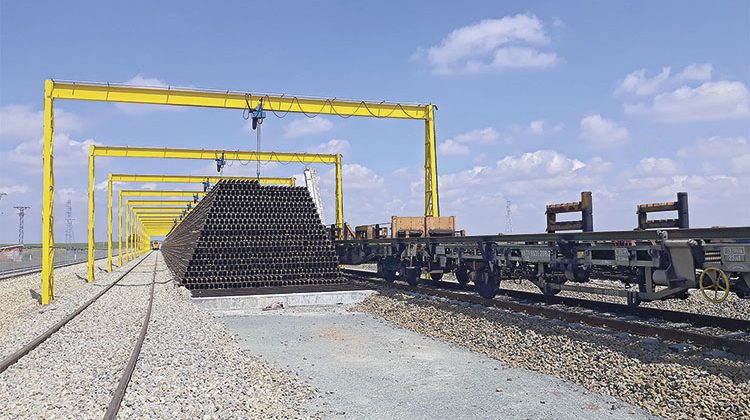
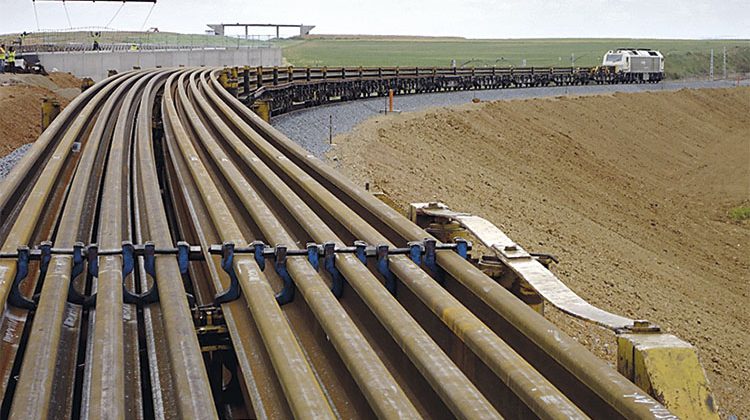
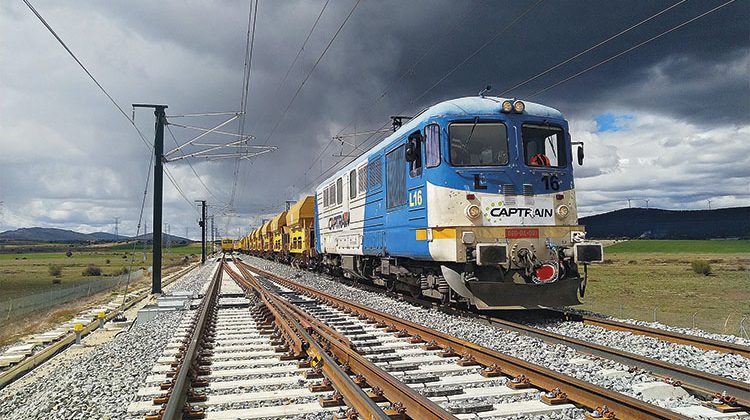
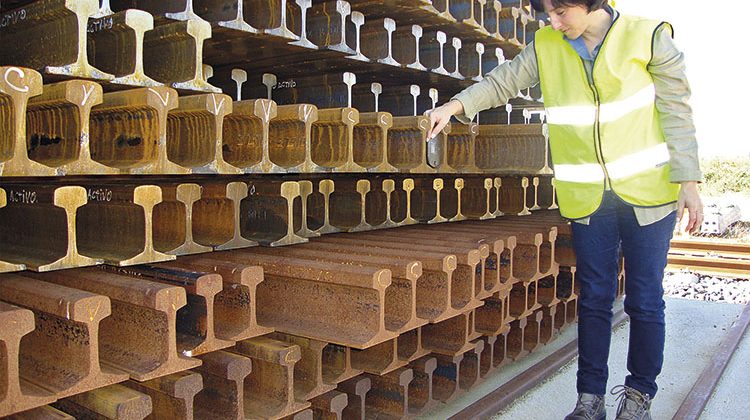
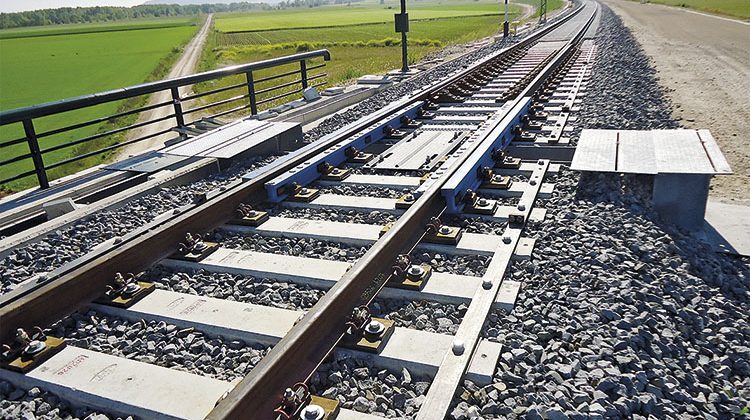
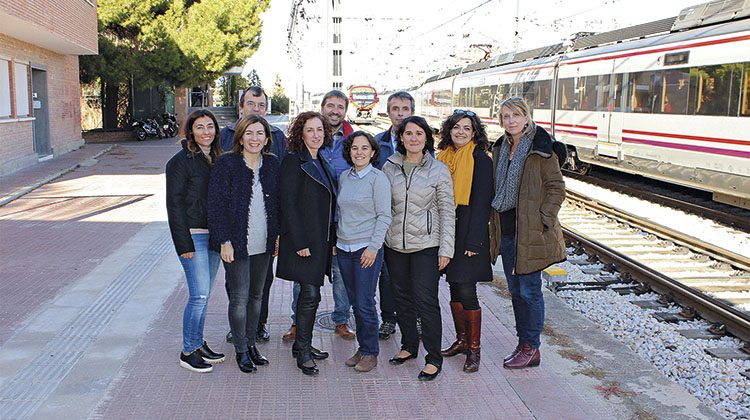
Rail quality and welding
Once the sleepers are arranged on the ballast bed, the rails are then unloaded from a rail-transport car equipped with a gantry crane.
The rail, as a fundamental element of the track, must have a series of characteristics that allow it to withstand a complex set of forces: its profile, length and metallurgical composition must conform to the requirements established for the track. The rail installed on the tracks of Spanish high-speed lines is profile 60 E1 and grade R260, in accordance with European regulations and Adif’s technical specifications.
Generally, on Spanish tracks, rails are assembled in long welded bars (288 and 270 m), a length that varies depending on the length of the primary bars (36, 72 and 90 m) that make it up in order to reduce the number of welds, which are delicate to perform correctly and generally give worse geometric and mechanical characteristics than the rails, constituting points of disturbance to the rolling of trains which need to be monitored in the maintenance phase. Spanish high speed currently uses 108-m primary bars, which are later electrically welded using a mobile plant. The aim is to maximise the length of the primary rail, making an electric weld using automatic equipment, with no filler metal and minimal human intervention, so that the resulting product resembles a continuously-rolled bar as closely as possible both in terms of composition and defect-free geometry.
The quality control carried out by Ineco on the rails involves, on the one hand, validation at the rail factory (primary bar) and then in the electric welding workshop (welded long bar). For this, geometry and external and internal rail and electric welding checks are carried out, as well as comparative tests in the external laboratory on both elements.
Prior to supplying the rail, the condition of the storage slab, its levelling and the equipment for unloading and installing the rail (gantries and hoists) are checked with the manufacturer and supplier. Once the rail has been deposited on the slab, its arrangement is inspected and a random check of the geometry is carried out using verification templates. Ineco is also in charge of the traceability of the rails supplied to each high-speed line, which is essential for identifying the future physical location of bars produced by the same rolling, which, over time, can lead to the appearance of defects not detected by the usual verifications.
Spanish industry has been able to adapt to high quality requirements and extremely demanding production and supply deadlines in order to meet the construction needs of the entire Spanish high-speed network and, in many cases, exports its production overseas
Control of track devices
Track devices are essential elements for the operation of the railway because they allow trains to pass from one track to another by means of turnouts, and they absorb movements that are generated in hyperstatic viaducts caused by various factors (temperature expansion, braking effects, rheostatic effects, etc.), the so-called expansion devices, which make thermal contraction and expansion movements compatible with the track superstructure installed on top of them. In Spain, there are four companies that manufacture track devices (two in Asturias and two in the Basque Country), and they provide almost the entire national supply and a significant part of the international supply (Saudi Arabia, Turkey, Argentina, Brazil, Mexico, etc.).
Controls and checks are continuous given that the turnouts used on high-speed lines allow speeds of up to 350 km/h on direct track and 80, 100, 160 or 220 km/h over points, depending on the model, meaning that safety must be guaranteed at all times. The controls on these devices begin by verifying compliance with the main parameters during pre-assembly in the workshop, a task that is formalised with the signing of an acceptance protocol. In addition, supply deliveries and deadlines have to be checked and, once at the track assembly base, the same parameters are reviewed before the device is incorporated into the track.
Track devices may be incorporated while the primary levelling of the track is being done. From there, a topographical survey is carried out during ballast laying and stabilisation phases until the final level is reached. Once the topographical parameters have been verified, an approval report is drawn up. Subsequently, the track device is checked again to ensure that all of its components are in perfect condition and working order, lastly checking compliance with the parameters guaranteeing operation with complete safety. At this point, a works acceptance protocol is issued and this becomes part of the documentation submitted prior to the commissioning of the line.
As for expansion devices, in addition to the work described above, viaduct joints must be measured regularly for different temperature ranges. Based on these measurements, together with the temperature at which they were taken, a progression line is obtained and this makes it possible to determine whether the planned expansion device is suitable, or whether another model needs to be used in its place to ensure the required safety and operating conditions. The extensive experience of Ineco’s staff makes it possible for them to continuously collaborate with track device manufacturers in order to facilitate the evolution of the models, improve performance and reduce costs without affecting in the least the required safety standards. Over the last 15 years of collaboration between Ineco and Adif’s technicians, more than 1,100 track devices and approximately 700 expansion devices have been verified.


